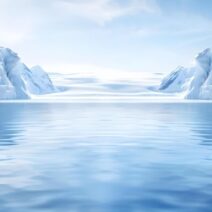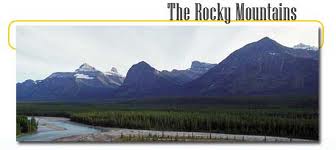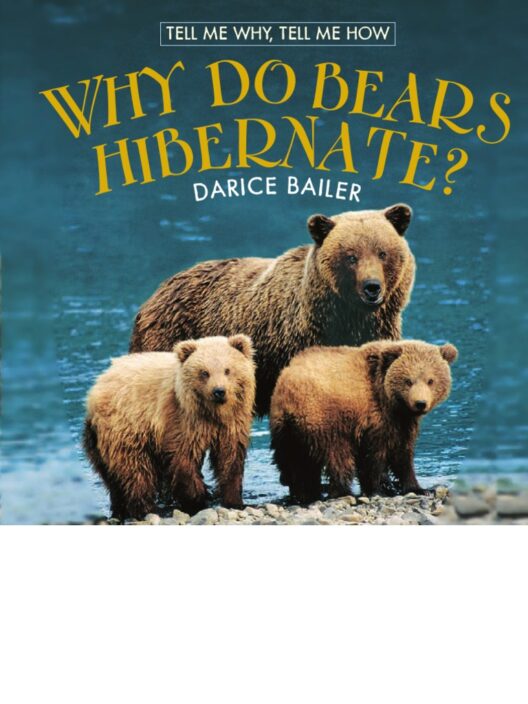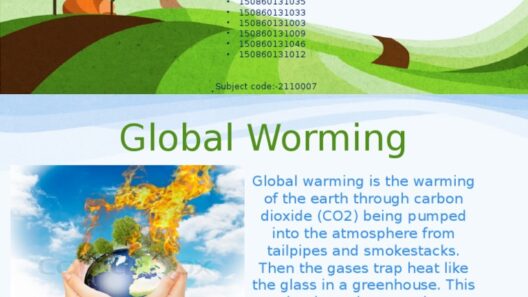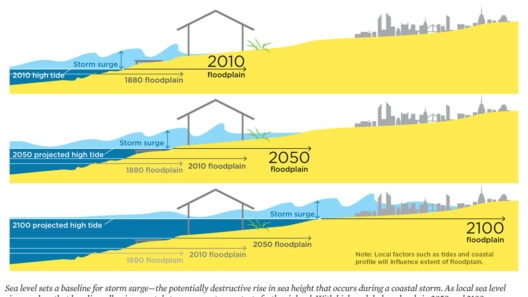As the Earth’s lungs begin to wheeze under the pressure of climate change, an alarming interplay unfolds—a dance orchestrated by the geological titans beneath our feet. Volcanoes, those hallowed remnants of the planet’s fiery past, are not mere monuments of geological power; they are, in some instances, the architects of a daunting climate feedback loop. When glaciers melt due to rising temperatures, often exacerbated by volcanic activity, the repercussions are both intriguing and dire, revealing a tapestry of interconnected environmental phenomena that we must unravel to comprehend the full extent of global warming’s ramifications.
To appreciate the impact of melting glaciers in conjunction with volcanic activity, we must first appreciate the glaciers themselves. Think of glaciers as vast, glacial custodian sentinels of history, preserving Earth’s climate narrative within their icy embrace. They store vast quantities of freshwater and reflect sunlight, acting as a formidable barrier against the heat of the sun. However, as Earth warms, often at the behest of human activity, these icy giants begin to recede. The albedo effect diminishes as their reflective surfaces dwindle, paving the path for even more heat absorption, thus reinforcing the cycle of warming. Herein lies the crux of the feedback loop: as glaciers shrink, the Earth not only becomes warmer, but it also exacerbates the conditions fostering more glacier melt.
Now, enter the volcanoes—those colossal, brooding entities that lie dormant yet are potent forces of transformation. The relationship between volcanic activity and climate is paradoxical. On one hand, volcanic eruptions can emit vast quantities of ash and sulfur dioxide into the atmosphere, creating a temporary cooling effect as sunlight is obscured. Yet, on the other hand, they release greenhouse gases such as carbon dioxide and water vapor, contributing to atmospheric warming. Coupled with melting glaciers, the complexities of this interaction deepen, leading to an acceleration of global warming.
As glaciers melt, they do more than simply release freshwater into the ocean; they also create a landscape ripe for volcanic activity. The weight of ice, sometimes several kilometers thick, acts as a lid, sealing in magma beneath the Earth’s crust. Once the ice is removed, this pressure diminishes, allowing magma to rise and escape more easily, often resulting in an increase in volcanic eruptions. The Icelandic and Alaskan landscapes offer poignant examples where melting glaciers have coincided with heightened volcanic activity. Each eruption not only contributes additional greenhouse gases but also liberates heat into the tundra, further destabilizing the precarious balance of these ecosystems.
This cascading effect is akin to a symphony gone awry. Each component plays a part, contributing to a cacophony of climate irregularities. The melting glaciers, the erupting volcanoes, and the shifting climate patterns coalesce into a narrative that underscores a stark truth: the Earth’s climatic equilibrium is fragile. When the glaciers melt, they transform into not just a warning sign but a harbinger of the geological consequences that follow. They do not merely signify warmth; they are an overture to volcanic eruptions, further embedding society within a rising temperature paradigm.
Additionally, volcanic eruptions lead to more complex environmental phenomena. The ash released can create particulate matter that settles in icy regions, effectively darkening their surfaces. This, again, diminishes the albedo effect, further accelerating warming. Furthermore, these particles can travel vast distances, affecting air quality and even climate patterns far beyond the eruption site. One could visualize this as a ripple in a pond, where the initial stone cast into the water creates waves that reach shores unimagined, illustrating just how interconnected our world truly is.
Moreover, the melting glaciers also serve to elevate sea levels, a critical concern for coastal communities worldwide. As glaciers shed their ice into the ocean, they contribute to the rising tides that threaten to inundate low-lying areas, displace populations, and disrupt ecosystems. The implications are dire; it is not merely a matter of geographic shifts but also one of social instability. As communities migrate away from flood-prone areas, the resulting human displacement can exacerbate geopolitical tensions and fuel conflict.
It is essential to grasp that the pathways of these phenomena are intrinsically linked. The synergy between melting glaciers and volcanic activity fosters a cycle that perpetuates global warming, enhancing the urgency of addressing climate change comprehensively. This feedback loop acts as an insidious reminder that action is not just necessary, it is urgent. The clock is ticking, and with each passing day, the effects compound. We must not only recognize the nuances of this relationship but also advocate fervently for climate awareness, adaptation strategies, and emission reductions.
To encapsulate this tangled web of interactions, envision a symphony composed of both enchanting melodies and dissonant chords. The rise and fall of each note represent a component of our earth’s intricate climate system—glaciers melting under the sun’s glare, volcanoes awakening from their slumber, and the unyielding march of climate change. This delicate balance underscores both the beauty and fragility of our planet. As stewards of this earth, we hold the power to harmonize these elements, turning the dissonance into a concert of resilience against climate change.
By understanding the profound implications of how volcanoes and melting glaciers interact within the broader context of global warming, we move closer to formulating effective responses. We must advocate for policy changes, support sustainable practices, and engage the global community in a dialogue that acknowledges and addresses these complex interrelationships. Each step taken is not just a step toward preserving the planet; it is a pledge to safeguard our collective future against the chaos that looms on the horizon.
